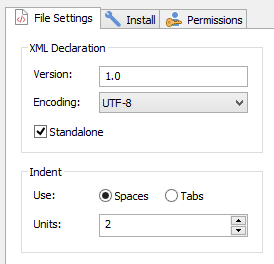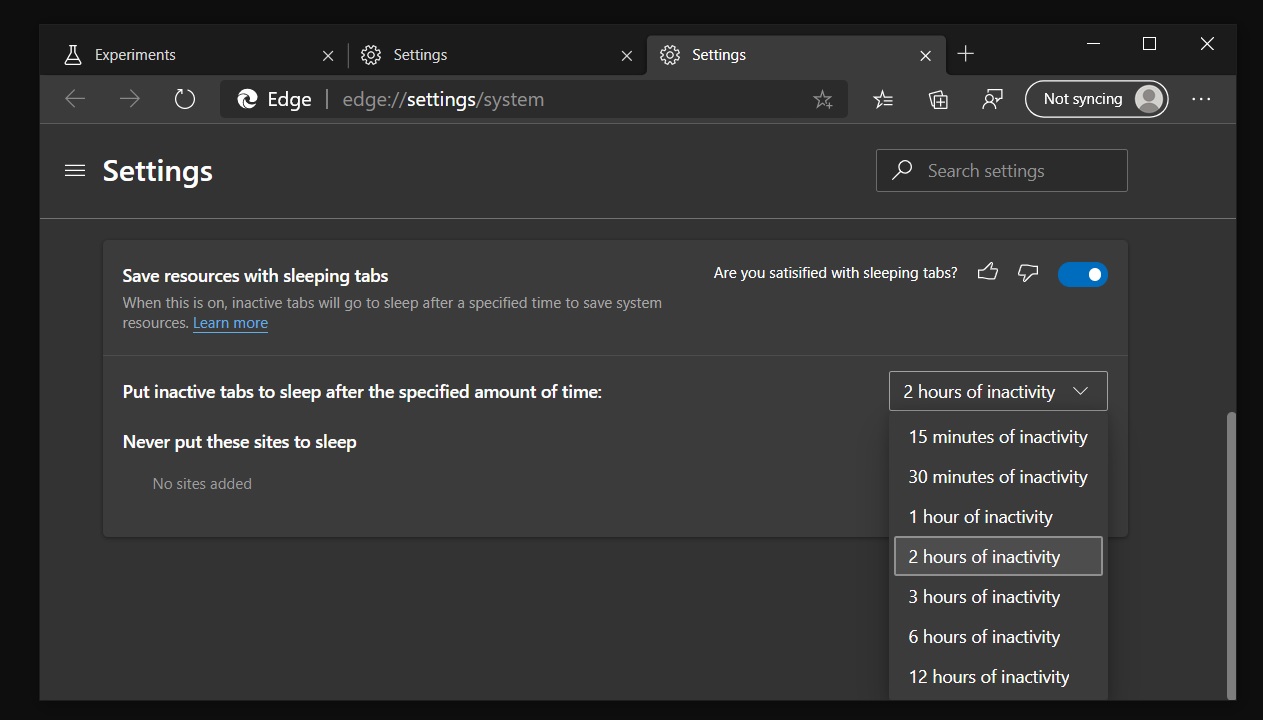

- #Advanced installer updater flags install
- #Advanced installer updater flags windows 8
- #Advanced installer updater flags windows
#Advanced installer updater flags install
Non-administrative users will be able to install all optional, recommended, and important update content for which they received a notification.
#Advanced installer updater flags windows
Specifies that Windows Automatic Update and Microsoft Update will include non-administrators when determining which signed-in user will receive update notifications.

A local administrator can change this setting by using the Local Group Policy Editor. Specifies that users will always see an Account Control window and require elevated permissions to do these tasks. In all prior versions of Windows, it's disabled by default.
#Advanced installer updater flags windows 8
Starting in Windows 8 and Windows RT, this policy setting is enabled by default. In the Group Policy Management Editor, Windows Update policies for computer-based configuration are located in the path PolicyName > Computer Configuration > Policies > Administrative Templates > Windows components > Windows Update. Turn on recommended updates via Automatic Updates

Specify intranet Microsoft update service location Reschedule Automatic Updates scheduled installations Re-prompt for restart with scheduled installations No auto-restart with logged on users for scheduled automatic updates installations This section provides details about the following computer-based policy settings:Īllow Automatic Updates immediate installationĪllow non-administrators to receive update notificationsĪllow signed updates from an intranet Microsoft update service locationĭelay restart for scheduled installationsĭo not adjust default option to Install Updates and Shut Down in Shut Down Windows dialogĭo not display Install updates and Shut Down option in Shut Down Windows dialogĮnabling Windows Update Power Management to automatically wake up the computer to install scheduled updates Computer Configuration > Windows Update policy settings If you're not familiar with Group Policy, we advise that you review the information in the Supplemental information section of this article before you try to configure policy settings for WSUS. This article assumes that you already use and are familiar with Group Policy. User Configuration > Windows Update policy settings In these extensions, you'll find the settings that you can use to configure how WSUS clients interact with Windows Update to receive automatic updates.Ĭomputer Configuration > Windows Update policy settingsĬomputer Configuration > Maintenance Scheduler policy settings This section provides information about the following three extensions of Group Policy. Group Policy settings for WSUS client updates Terms and definitions defines terms that pertain to WSUS and update services. It's for administrators familiar with WSUS 3.2 and previous versions. It also has information about accessing the policy extensions and Maintenance Scheduler settings in Group Policy for update services.Ĭhanges to WSUS relevant to this guide gives a brief summary of key differences between the current and past versions of WSUS relevant to this guide. Supplemental information has the following subsections:Īccessing the Windows Update settings in Group Policy provides general guidance about using the Group Policy Management Editor (GPME). Group Policy settings for WSUS client updates provides prescriptive guidance and behavioral details about the Windows Update and Maintenance Scheduler settings of Group Policy that control how WSUS clients can interact with Windows Update to obtain automatic updates. This article refers to these computers and users as WSUS clients. In an Active Directory environment, you can use Group Policy to define how computers and users can interact with Windows Update to obtain automatic updates from Windows Server Update Services (WSUS). Applies to: Windows Server 2022, Windows Server 2019, Windows Server 2016, Windows Server 2012 R2, Windows Server 2012


 0 kommentar(er)
0 kommentar(er)
